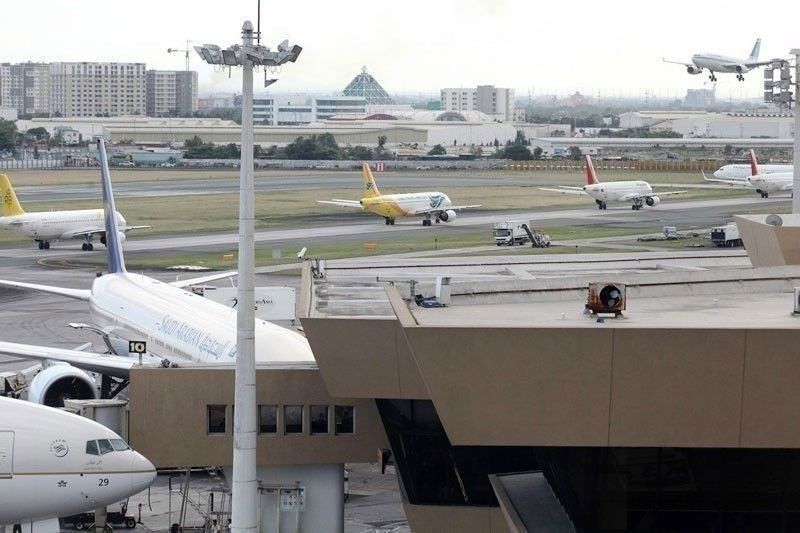Airlines optimistic as aviation recovery continues to take off

MANILA, Philippines — The aviation industry expects to close the year on a high note, with roughly nine in every 10 seats booked, but full recovery could be delayed again amid China’s refusal to reopen its borders, and the risk of a global recession heightens.
Executives of flag carrier Philippine Airlines (PAL) and low-cost airline AirAsia Philippines told The STAR that they hope to end the year with a load factor of above 90 percent, which means nine in every 10 seats put up for sale were booked.
However, PAL spokesperson Cielo Villaluna said the airline may only see the light at the end of the tunnel once China lifts its hardline policy against COVID-19 infections.
“We are now at December peak season. Our flights to the US mainland, Canada and the Middle East and top favorites in Asia such as Bangkok, Singapore, Tokyo and Seoul are experiencing passenger loads in the high 90 percent,” Villaluna said.
“We have restored close to 90 percent of our pre-pandemic flight frequencies. Still, we will only return to pre-pandemic capacity once flights to China are fully restored,” she said.
Prior to the pandemic, PAL flew at least 35 commercial planes every week between Manila and mainland China, particularly in Canton, Jinjiang, Peking, Pudong and Xiamen.
AirAsia Philippines spokesman Carlo Carongoy said the budget carrier had wanted to resume flights to Guanzhou, Shanghai and Shenzhen this year, but had to call off such plans due to uncertainties as to when China will open its doors to leisure travel.
“We were supposed to open to a few destinations (in China) this year, but protocols there tend to change from time to time,” he said.
Despite this, Carongoy said AirAsia Philippines has charted its track toward recovery, starting the takeoff in its domestic network where load factor is hitting 90 percent. The airline flew a total of 3.5 million passengers to local destinations from January to November, just 1.6 million behind the 5.1 million total during the same period in 2019.
But the Philippine unit of the Malaysian carrier has a lot of catching up to do for its foreign operations to pick up pace in reverting to pre-crisis levels. As of November, it had flown just around 200,000 passengers as against the 2.5 million in the same period in 2019.
Apart from China’s reluctance to reopen, domestic carriers face yet another threat of a demand slowdown caused by spiking prices of goods and foreign exchange fluctuations.
The International Air Transport Association (IATA) estimates that the aviation industry stands to lose at least $1.9 billion to currency depreciation in the forex turmoil.
IATA said airlines suffering from forex losses could be forced to slash the number of their flights, putting at risk the recovery momentum of the travel industry.
“The mechanism by which this occurs is that tickets are sold by local travel agents or directly by the airline, accumulating sales that it then seeks to repatriate. Even the waiting period on such repatriation represents a significant risk to airlines’ earnings as the local currency might continue to depreciate,” IATA said.
Budget carrier Cebu Pacific, for instance, said it is hurting from the impact of a depreciated peso, especially as 70 percent of its liabilities are tendered in US dollars. As such, its operator Cebu Air Inc. saw forex losses widen to P3.86 billion as of September, from P1.83 billion a year ago.
In spite of this, the Gokongwei-owned airline vowed to scale up its flight frequency to bring down fixed costs and, make airfares affordable to passengers.
“A weak peso may result in higher forex losses and increased liabilities since 60 percent to 70 percent of our expenses are denominated in dollars,” Cebu Pacific told The STAR.
“As we increase flights, this brings cost per seat lower as we spread fixed costs – both peso and dollar-denominated costs – across seats. Every time we fly, our costs are spread. This ensures affordable airfares for passengers,” it said.
- Latest
- Trending






























